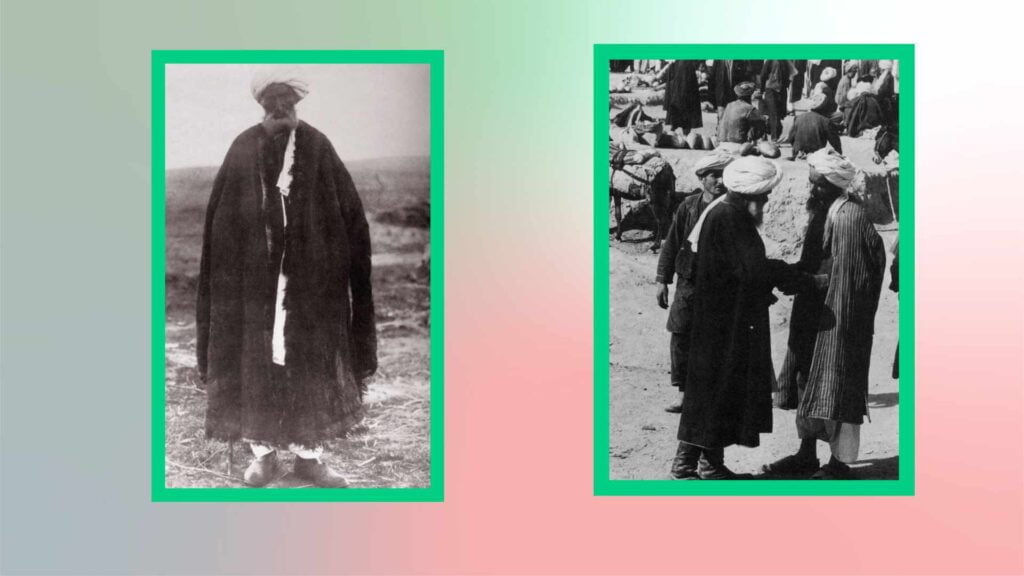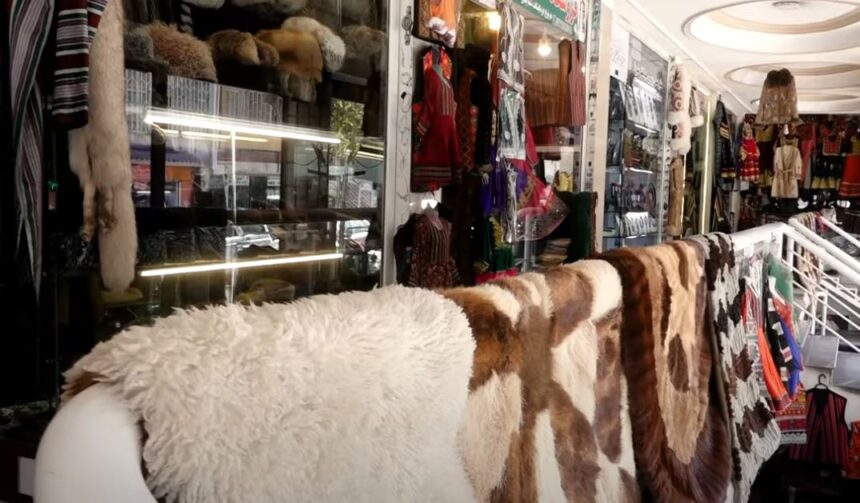The Afghan coat, a distinctive and culturally rich garment, has a history as vibrant and diverse as the country from which it originates. This article delves into the coat’s historical origins, cultural significance, and remarkable journey from Afghanistan’s rugged terrains to the global fashion scene.
Historical Origins
The Afghan coat, often characterized by its intricate embroidery, luxurious furs, and vibrant colors, has its roots deeply embedded in the traditional attire of Afghanistan’s diverse ethnic groups. Historically, these coats were crafted from sheepskin or goatskin, lined with soft wool, and adorned with elaborate hand-stitched patterns. They were not merely clothing but a symbol of status and identity.
The origins of the Afghan coat can be traced back to the nomadic tribes of Central Asia. The coat’s practicality—providing warmth in the harsh winters and durability for daily wear—made it an essential part of the Afghan wardrobe. Each region within Afghanistan had its unique style, with variations in design, color, and embroidery reflecting the local culture and traditions.

The Afghan Hound: Origin and Journey to the West
Cultural Significance
In Afghan culture, the coat is more than just a garment. It is a symbol of heritage and craftsmanship, passed down through generations. The intricate designs and patterns often tell stories, representing the history and values of the wearer’s community. The coats were traditionally worn during significant cultural events, such as weddings and festivals, showcasing the artisan’s skill and the wearer’s status.
The embroidery and embellishments on an Afghan coat are typically done by hand, a painstaking process that can take months to complete. This dedication to craftsmanship highlights the cultural importance of the coat as a work of art, preserving the skills and traditions of Afghan artisans.

Evolution Over Centuries
The Afghan coat has undergone significant transformation over the centuries, adapting to changing tastes and circumstances while maintaining its traditional essence. In the 1960s and 1970s, the coat gained international fame when the counterculture movement in the West embraced it. Celebrities and musicians, drawn to its exotic appeal and unique aesthetic, popularized the Afghan coat as a symbol of bohemian style.
This period began the Afghan coat’s journey into global fashion. Designers worldwide started incorporating Afghan embroidery and design elements into their collections, introducing the coat to a broader audience. Despite Afghanistan’s political and social upheavals, the coat continued to evolve, blending traditional techniques with contemporary fashion trends.
Modern Adaptations and Global Influence

Today, the Afghan coat is celebrated as a timeless piece that bridges the gap between traditional and modern fashion. Its unique combination of cultural heritage and contemporary style makes it a coveted item in the wardrobes of fashion enthusiasts worldwide. Designers continue to draw inspiration from the rich patterns and craftsmanship of the Afghan coat, incorporating them into modern designs that appeal to a global audience.
However, the journey of the Afghan coat has been challenging. The artisans who craft these beautiful garments face numerous obstacles, including political instability, economic hardships, and limited access to global markets. Despite these difficulties, the resilience and creativity of Afghan artisans continue to shine through, ensuring that the tradition of the Afghan coat lives on.
The Afghan coat’s rich history, cultural significance, and evolution from traditional attire to a global fashion phenomenon underscore its enduring appeal. As it continues to inspire designers and captivate wearers worldwide, the Afghan coat remains a powerful symbol of Afghanistan’s cultural heritage and the remarkable craftsmanship of its artisans. By appreciating and supporting the artisans who create these masterpieces, we can help preserve this unique tradition for future generations.





